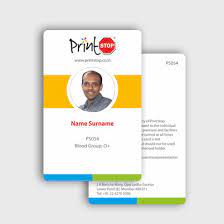4 Ways to Use Endnote for Efficient Research Management

Introduction:
Endnote, a powerful reference management software, is an indispensable tool for students, researchers, and professionals in various disciplines. With features like automatic bibliography creation, citation formatting, and effortless document organization, it’s no wonder why Endnote has become the go-to software for efficient research management. Here, we share four ways to use Endnote to make your referencing experience seamless.
1. Importing References:
One of the most helpful features of using Endnote is the ability to import references directly from online databases. Instead of manually inputting each citation detail by hand, simply use the direct export feature or search online databases from within Endnote. For customized lists, you can import references directly via Research Soft Direct Export or by exporting a list from a database like Web of Science or PubMed into your library.
2. Organizing Your Library:
To streamline your research process and maintain organization, take advantage of Endnote’s group feature. You can create custom groups to categorize references based on various criteria; for example, you might want different groups for different topics, papers, or subjects you’re studying. Additionally, smart groups automatically filter and update when new references that fit specific criteria are added to your library, making group management fast and dynamic
3. Citing While You Write:
As a researcher or student, writing lengthy articles with numerous citations can be tedious and time-consuming when done manually. With Endnote’s Cite While You Write (CWYW) plugin for Microsoft Word and other word processors (such as Apple Pages or Google Docs), you can seamlessly insert citations directly into your manuscript without having to constantly switch between programs. The plugin automatically formats the in-text citations and generates a fully-formatted bibliography at the end of your document.
4. Collaborating with Others:
One often overlooked but valuable feature in Endnote is its functionality for collaboration and sharing. You can share your entire library or custom groups with colleagues or classmates, enabling them to access your references and easily collaborate on projects. Endnote even allows you to set specific permissions like read-only or editing authorizations for each team member, ensuring that your library remains secure and well-maintained.
Conclusion:
Endnote is an essential tool for researchers and students looking to save time, improve organization, and simplify their referencing process. By incorporating these four features into your research workflow—importing references, organizing your library, citing while you write, and collaboration—you’ll soon discover the true potential of Endnote for efficient research management. So, take full advantage of this powerful software to elevate your academic and professional pursuits!






